more than one type of variegated AE AE??
Eggo
17 years ago
Related Stories
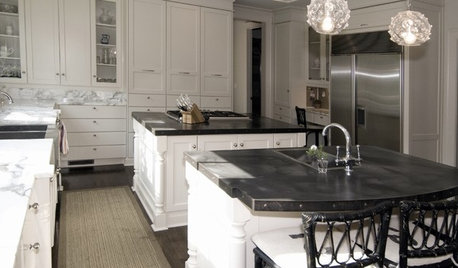
KITCHEN COUNTERTOPSKitchen Countertop Materials: 5 More Great Alternatives to Granite
Get a delightfully different look for your kitchen counters with lesser-known materials for a wide range of budgets
Full Story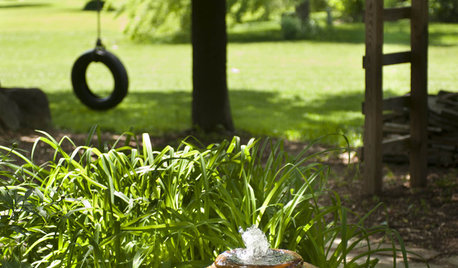
GARDENING AND LANDSCAPINGHow to Give Your Garden More Soul
Feel more at home in your garden by giving it deep, personal meaning
Full Story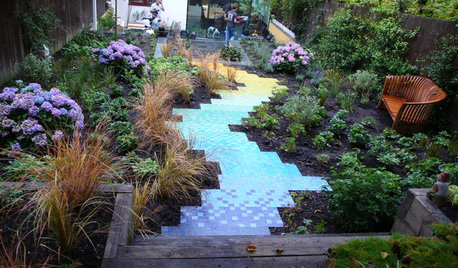
LANDSCAPE DESIGN24 Garden Paths to Inspire Memorable Journeys
Winding or straight, narrow or wide, densely or sparsely planted — there’s more than one way to design a walk
Full Story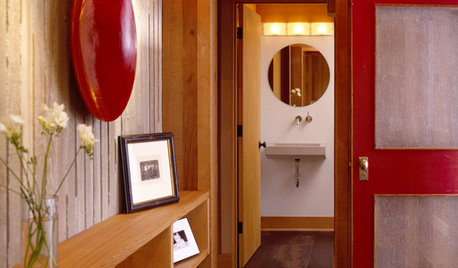
REMODELING GUIDES10 Tile Patterns to Showcase Your Floor
There's more to a tile floor than the tile itself; how you lay out your tile can change the look and feel of the room
Full Story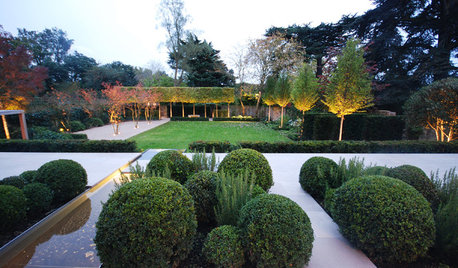
GARDENING GUIDES7 Ways to Rethink the Shrub
These versatile plants can do more than frame your home’s foundation or line an entry walk
Full Story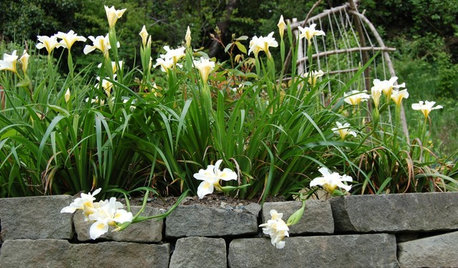
GARDENING GUIDESTop 10 Native Plants for the Pacific Northwest
More than just gorgeous and adaptable, these standout plants convey a sense of place
Full Story
FEEL-GOOD HOMEInherited Pieces: Embrace the Approach That Works for You
How you remember and honor loved ones through heirlooms is your decision alone
Full Story
THE HARDWORKING HOMEWhere to Put the Laundry Room
The Hardworking Home: We weigh the pros and cons of washing your clothes in the basement, kitchen, bathroom and more
Full Story
COLORColors of the Year: Look Back and Ahead for New Color Inspiration
See which color trends from 2014 are sticking, which ones struck out and which colors we’ll be watching for next year
Full Story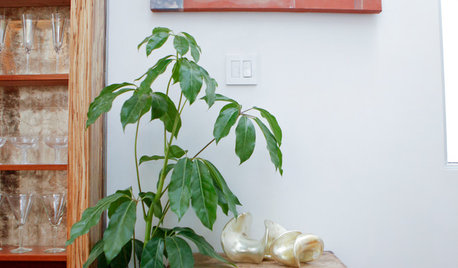
DECORATING GUIDESMeet a Houseplant That Doesn't Mind Neglect
Got better things to do than remember to water your houseplants on schedule? Schefflera will forgive and forget
Full Story





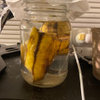

hydro_grower
gardenguy_
Related Professionals
Alexandria Landscape Contractors · Middletown Landscape Contractors · Bridgeport Landscape Contractors · College Park Landscape Contractors · Cudahy Landscape Contractors · Dedham Landscape Contractors · El Segundo Landscape Contractors · Fort Atkinson Landscape Contractors · Hampton Bays Landscape Contractors · Hilo Landscape Contractors · Hilton Head Island Landscape Contractors · Oklahoma City Landscape Contractors · Pahrump Landscape Contractors · Sebring Roofing & Gutters · Winnetka Roofing & Guttersmiamimax
EggoOriginal Author
miamimax
miamimax
miamimax
minibim
miamimax
EggoOriginal Author
EggoOriginal Author
bananafan
miamimax